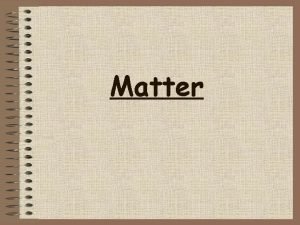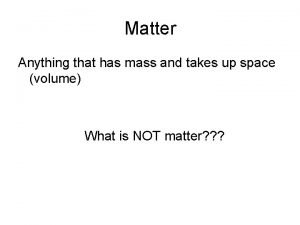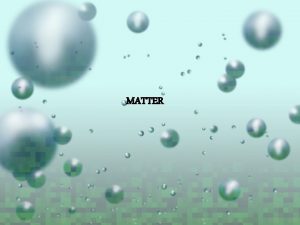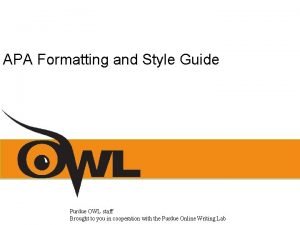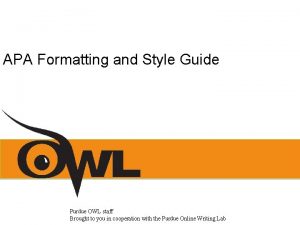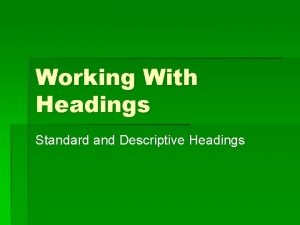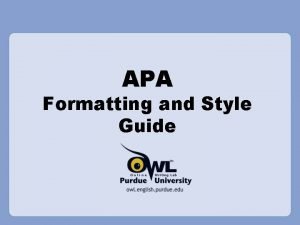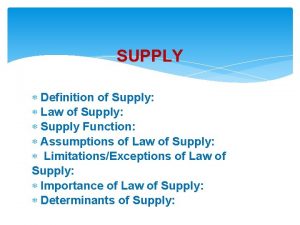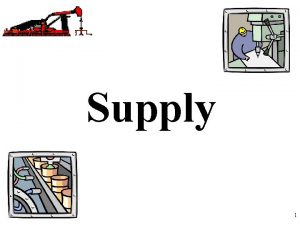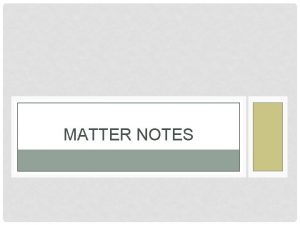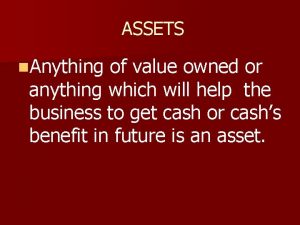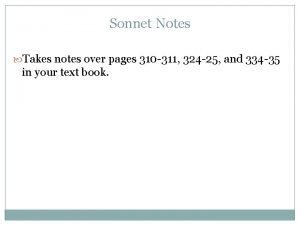Supply Takes notes on all slide headings anything






























- Slides: 30

Supply Takes notes on all slide headings, anything in red and the graphs.

Supply • Demand is determined by consumers and the amount of a product they will buy at a given price. • Think/Pair Share: Who determines supply? What will determine how much of a product they will make?

Supply • Supply is determined by producers. Price will determine how much of a product producers will make.

Supply • How much would I have to pay you before you started producing and selling… – Glasses of Lemonade – Labrador Puppies – Laptop Computers $1 $5 $20 $1000 $1, 000

Supply The number of units a producer will make and sell of a product at a given price. Price As price increases, the quantity supplied increases. Quantity Supplied

The Law of Supply The higher the price that can be charged for a product, the more of that product suppliers will make. Price $3. 00/unit This is why the supply curve is a positive slope. $1. 00/unit Quantity Supplied 5 units 7 units produced

Changes in Supply cause the supply curve to SHIFT to the left or to the right A shift to the LEFT is a DECREASE in supply A shift to the RIGHT is a INCREASE in supply

1. Cost of Inputs • How much do the materials you need to make the product cost? The price of peanuts goes up, what will be the effect on the supply of peanut butter? The supply for peanut butter decreases S 2 Price Quantity Supplied

Cost of Inputs (Practice) • If the cost of flashlight bulbs increases, what will happen to the supply of flashlights? S 2 Price Quantity Supplied

2. Technology • Is there technology available that can make production easier? • Think/Pair Share about an example of when technology made it easier to produce something. Price S 2 Quantity Supplied

Technology (Practice) • When Henry Ford invented the assembly line, it became much more efficient to produce cars. Price S 2 Quantity Supplied

3. Productivity How fast, or slow do the workers that make the product move? The workers at a factory go on strike: S 2 Price Quantity Supplied

4. Number of Sellers • Is the market for the product competitive? • Think/Pair Share: What is an example of a market that is competitive? What is an example of a market where one or two companies are the only producers of a product? S 2 Price S 2 Quantity Supplied A few sellers A lot of sellers Quantity Supplied

Number of Sellers (Practice) • A Del Taco opens across the street from Taco Bell on Sepulveda. What will happen to the supply of tacos in Culver City? Price S 2

5. Government Regulation Is the government passing laws that make it easier, or harder for producers to make their product? Think/ Pair Share: If I were a producer of cars, what is an example of a law that would make it more expensive or difficult for me to produce my product?

Government Regulation • If the government tells rappers they can no longer swear on their CDs or else they will be thrown in jail, what will happen to the supply of rap CDs? S 2 Price Quantity Supplied A few sellers

6. Expectations • Do producers believe, or think that the price for their product will go up in the near future? • If the answer is “yes” producers may hold their product off of the market waiting for prices to increase. How would I draw this change in supply? S 2 Price Quantity Supplied

Expectations (Example) • What will happen to the supply of strawberries if farmers think that the price will decrease one month from now? Price S 2 A lot of sellers Quantity Supplied

• STOP!

DO NOW: 1. Imagine the government lowers the drinking age to 16 years old. How will this affect the demand for alcohol? – Write the demand shifter – Draw the curve shift 2. How will this affect the supply curve of alcohol? – Write the supply shifter – Draw the curve shift

Elasticity of Supply Which one of these supply curves is elastic? Curve A Curve B Price Quantity Supplied

Elasticity of Supply The degree to which a change in price affects the quantity supplied. Price Quantity Supplied

Elastic vs. Inelastic • An elastic supply curve means that producers will make a lot more of a product if the price increases • An inelastic supply curve means that producers cannot make a lot more of a product even if price increases

Determinants of Elasticity of Supply • Is the product difficult, or easy to produce? • If it is easy to produce, supply is elastic • If it is hard to produce, supply is inelastic

Skilled vs. Unskilled Labor • Which laborer is skilled, and which is unskilled? Why? • Which employee is easier to replace? • Is it easier to produce hamburgers, or medical care? Elastic Inelastic

Does the product need skilled workers to produce it? • If a product needs skilled workers to produce it, supply is inelastic • If a product does NOT need skilled workers to produce it, supply is elastic

Expensive or Inexpensive to Produce • Is the product expensive to produce, or inexpensive to produce? • Which of these products is easier to produce? Inelastic Elastic

Is the product expensive to produce? • If product is expensive to produce it is inelastic • If the product is inexpensive to produce it is elastic

Technology • • Does the product require a lot of technology to produce? Which of these products requires more technology to produce? Which of these products is easier to produce? Which of them is elastic?

Is technology necessary to produce it? • If the product needs lots of technology to produce it, it is inelastic • If the product does not need a lot of technology to produce it, it is elastic
 Heel toe polka steps
Heel toe polka steps Anything that has mass and takes up space
Anything that has mass and takes up space Anything that has mass and takes up space
Anything that has mass and takes up space Anything that takes up space and has mass is
Anything that takes up space and has mass is Anything that has mass and occupies space is
Anything that has mass and occupies space is Anything that takes up space
Anything that takes up space No matter anything
No matter anything Matter is anything that has
Matter is anything that has All matter has and takes up
All matter has and takes up Anything that has mass and volume.
Anything that has mass and volume. Anthing that takes up space and has mass is called?
Anthing that takes up space and has mass is called? Masses defintion
Masses defintion It takes two stuck in slide
It takes two stuck in slide Name a line containing point a
Name a line containing point a The winner takes it all
The winner takes it all The winner takes it all
The winner takes it all Through you i can do anything
Through you i can do anything Powerpoint title page apa
Powerpoint title page apa Put the words under the following headings
Put the words under the following headings Decimal
Decimal Fast subject headings
Fast subject headings Apa level 2 heading
Apa level 2 heading Purdue owl headings
Purdue owl headings Owl apa headings
Owl apa headings Apa purdue owl
Apa purdue owl Descriptive heading examples
Descriptive heading examples Text features illustrations
Text features illustrations The hmt has _____ major headings/columns.
The hmt has _____ major headings/columns. Main headings of a project
Main headings of a project Advantages of subject headings
Advantages of subject headings Level 1 heading apa example
Level 1 heading apa example


